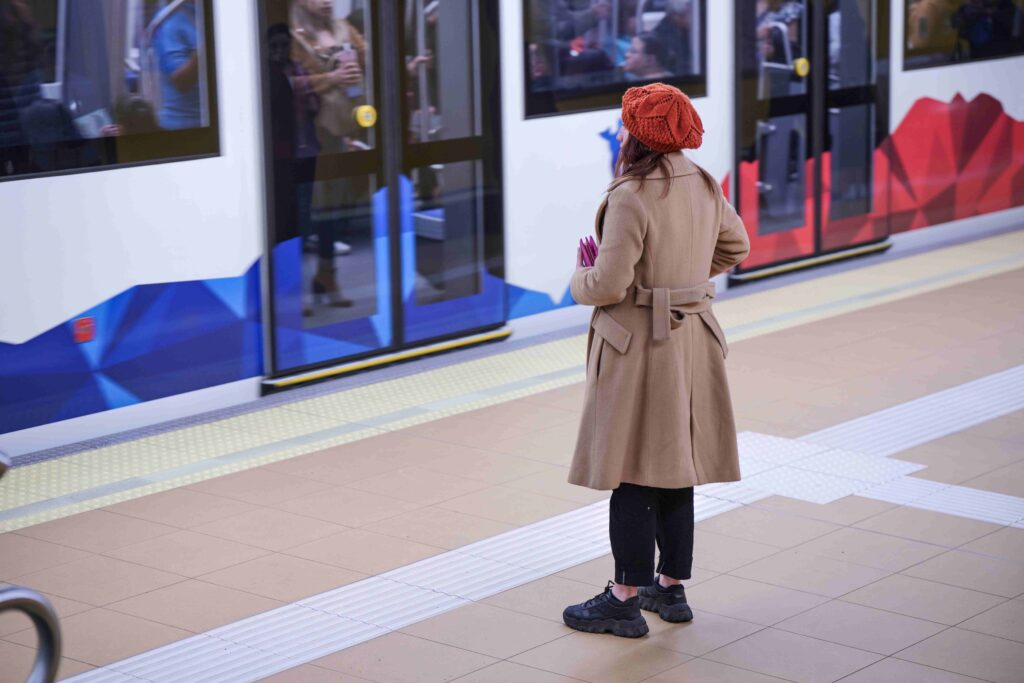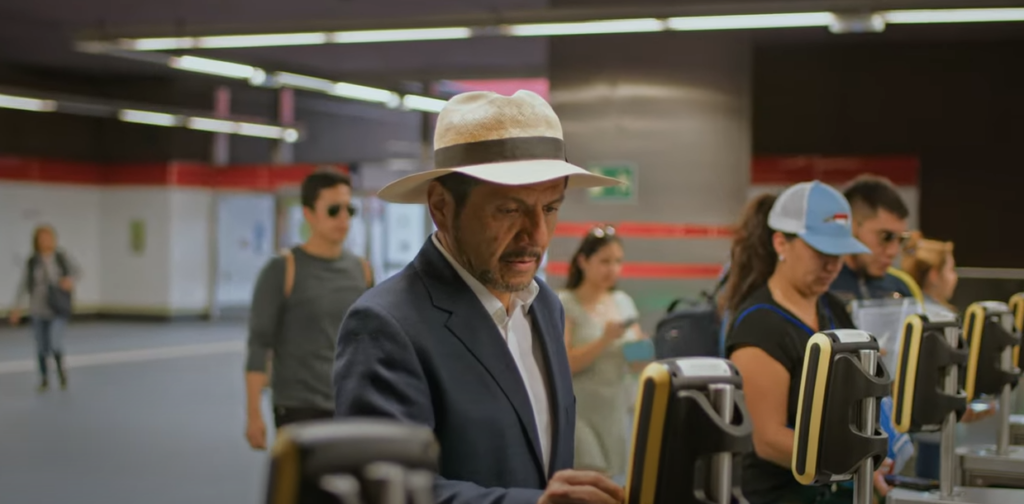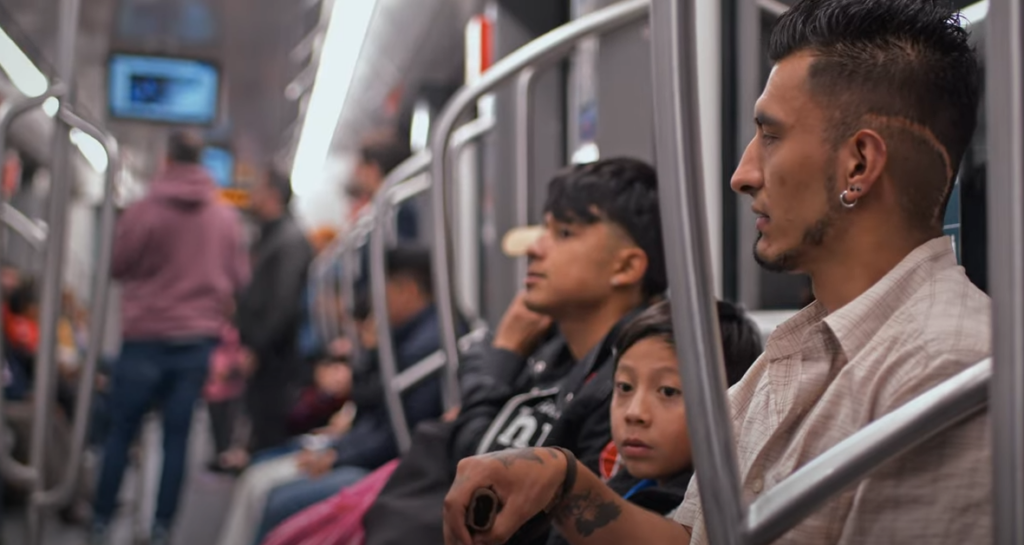Every day, over 250 million people in Latin America and the Caribbean (LAC) rely on public transport to reach work, school, and essential services. Yet, inefficient systems, long commute times, and safety concerns continue to affect their quality of life. How can we design mobility reforms that truly put people first?
Urban mobility policies in LAC are continuously evolving due to rapid urbanization, shifting political priorities, and technological advancements. However, one persisting challenge remains: designing transport systems that prioritize the user, ensuring efficiency, sustainability and accessibility.
In this IDB publication, we provide an overview of mobility policies in the region and highlights two key points:
1. Urban mobility is critical not only for improving quality of life and providing access to social and economic opportunities but also for promoting economic efficiency and fostering growth in urban areas.
2. Reforms must focus on improving users’ welfare, particularly that of transit passengers, by reducing time costs, which have a significant impact on their daily lives.

What works: Successful Mobility Policies in LAC
The LAC region offers a wealth of experience in innovative mobility policies that provide valuable lessons. The Bus Rapid Transit (BRT) system, for example, was pioneered in Curitiba, Brazil, and later expanded in Bogotá, Colombia, becoming a globally recognized model. Other notable innovations include the use of cable cars as mass transit systems in Medellín, Colombia, and La Paz, Bolivia. Conventional mass transit investments such as subways and commuter rail also abound in the region.
However, not all mobility reforms in the region have achieved their initial expectations. In part, this is the result of a discrepancy between the aims and expectations of reform and the available resources. Modern mass transit systems are often expensive, and fare revenues are rarely sufficient to fund large-scale investments and the operational costs required to provide high-quality services. Subsidies then should be regarded as a vital component of the financing framework of transit modernization efforts. In the absence of public funding, it may be necessary to reduce the scope and scale of reforms. Various low-cost strategies can be employed to substantially enhance urban mobility without the need for significant financial resources.
Furthermore, certain transit pricing policies can improve mobility directly while generating revenue, which can be reinvested in public transport. The recent experience in Cali and Bogotá, introducing an exemption payment to their license plate driving restriction policy, is an innovative example of these double-dividend policies. This payment raises funds for transit systems and serves as a prototype congestion charge that could be replicated in other cities.
What Matters Most: Key Factors that Influence Passenger Satisfaction
Three key factors determine passenger satisfaction and influence their transport choices:
•Time Costs: include time spent accessing transport modes, waiting, transferring, and overall travel time. Service reliability, including adherence to schedules and consistent headways, is also highly valued.
•Financial Costs: Covers fares, fuel, and maintenance expenses.
•Comfort and Safety: Encompasses aspects of travel conditions, such as crowding, but also the privacy, perception of security, and accessibility. For example, women may prefer private transport over public transit due to concerns about harassment. Another example is safety, a particularly pressing issue in the LAC region where traffic fatalities are nearly twice as high as in high-income countries.
These factors—time, financial, and comfort-related—are crucial in determining the welfare of travelers and influencing their transportation choices. Policymakers should carefully consider the impact of a planned reform on these three dimensions to ensure that urban mobility systems truly meet the population’s needs.

Challenges and Lessons learned from Failed Reforms
Despite good intentions, there are several examples of urban mobility policies in LAC that were not initially successful due to insufficient attention to the above factors. The 2007 “Transantiago” reform in Santiago, Chile, is a prime example, leading to a mobility crisis that took years to resolve. The investment and operational costs of this system were implicitly funded by reducing the fleet sizes, introducing high-capacity vehicles, and redesigning the route network. These changes led to longer transfers, reduced service frequency, increased wait times, and overcrowded buses—ultimately worsening the passenger experience and discouraging public transport use. Analogous mistakes can be identified in other transit reforms in the region.
Other mobility policies have failed to take account of changes in individual and household behavior. For example, license plate driving restrictions to tackle urban congestion are ubiquitous in the region. However, policymakers fail to consider the economic costs of this policy, in terms of suppressing high-value trips. In addition, evidence shows this policy encourages households to purchase additional, often older and more polluting vehicles, making it counterproductive.

Designing People-Centered Mobility Reforms: key to success
To design successful mobility reforms, it is crucial for planners to consider the perspective of individual travelers. For public transport users, key factors such as access, waiting times, and transfer requirements must be carefully assessed. Will the reform lead to longer waiting times or more costly transfers? Will service frequencies be improved or maintained? Can reductions in in-vehicle travel time offset potential increases in access and waiting time? Additionally, passenger comfort is critical—will sufficient seating be available, or will passengers be required to stand? These factors must be carefully considered to address the true needs of all users.
Urban mobility is not just about infrastructure—it’s about people. The most effective reforms in LAC share a common trait: they put passengers first, prioritizing their time, affordability, and comfort. Moving forward, cities must adopt a people-centered approach, invest in smart and sustainable solutions, and learn from past mistakes to create truly inclusive and efficient transit systems.
Finally, it is important to recognize that improving urban mobility requires more than a single policy or reform. It demands a comprehensive approach, integrating infrastructure development and pricing regulation across both active and motorized transport. Furthermore, enhancing urban mobility is an ongoing process that requires sustained commitment and continuous adaptation to meet evolving needs. As cities in the LAC region continue to grow and evolve, shaped by past reforms, urban mobility will remain a complex challenge. Policymakers must stay adaptable, innovative, and dedicated to ongoing efforts to enhance mobility systems.



Leave a Reply